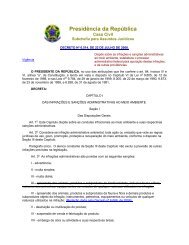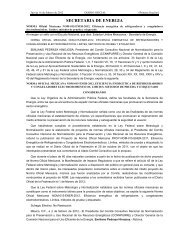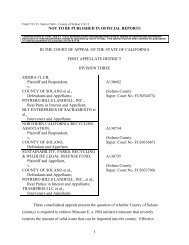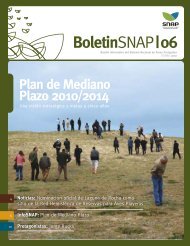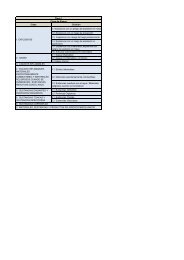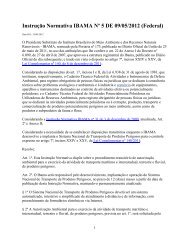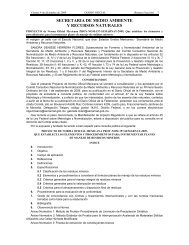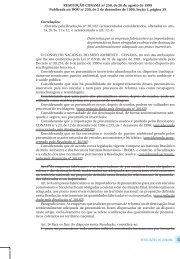OceAn science OceAn science OceAn science
OceAn science OceAn science OceAn science
OceAn science OceAn science OceAn science
You also want an ePaper? Increase the reach of your titles
YUMPU automatically turns print PDFs into web optimized ePapers that Google loves.
and ecological issues, including human-dimension processes; build the foundation for<br />
advancing basic understanding of open ocean, coastal, coastal watershed, and Great Lakes<br />
processes; and revolutionize scientific and public access to the ocean. An integrated system<br />
represents an ambitious effort of the national and global ocean community to establish<br />
and maintain a robust, adaptive, continuous presence in the ocean and provide critical<br />
information and models to users and stakeholders. Given the interconnected nature of<br />
land-sea-air systems, an integrated ocean-observing system should be capable of interfacing<br />
with current and future terrestrial, aquatic, and atmospheric observing systems and<br />
be closely coordinated with the Global Ocean Observing System, as part of the Global<br />
Earth Observing System of Systems (GEOSS) 33 . Several key steps must be taken to fully<br />
implement the system:<br />
• Fully integrate existing (e.g., buoy networks) and future (e.g., surface-water-quality<br />
monitoring networks) components of a national observing system (“national<br />
backbone”) to provide nationwide coverage of the most commonly required ocean<br />
parameters.<br />
• Expand regional and local coastal observing-system capabilities (fixed and mobile) to<br />
provide greater density and diversity of observations on a regional basis, and address<br />
region-specific observational needs, such as watershed-specific monitoring and landwater<br />
fluxes.<br />
• Maintain continuity of existing satellite missions and incorporate new remote-sensing<br />
capabilities into future missions. Integral to this effort is the need for continued<br />
sensor development, validation, and calibration that will ensure delivery of functional<br />
data to users.<br />
• Incorporate new and existing biological, chemical, physical, and geological measurements<br />
into the observing system, and expand sensor development for biological,<br />
chemical, and physical parameters.<br />
• Implement data-management and communications plans that will modernize existing<br />
data systems. Integrate current and future systems by promoting interoperability<br />
among system components; developing metadata standards; integrating new components;<br />
and enabling data discovery, availability, use, and archiving of the data streams<br />
collected by the observing system and other observing assets (e.g., vessels).<br />
• Integrate the data needs for decision-support tools into the development of observational<br />
and information systems and models.<br />
46




